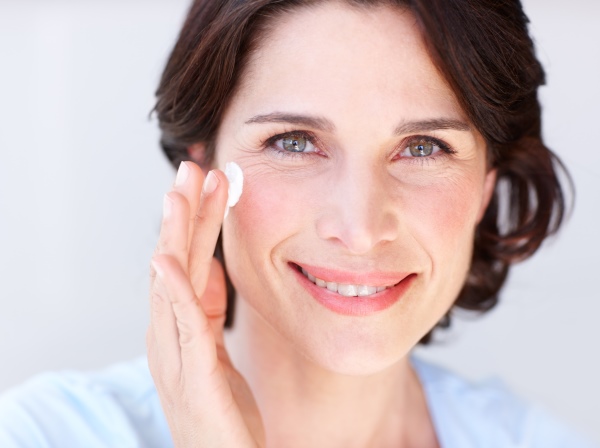Skincare was the fastest growing category in the US’s $17.7 billion prestige beauty market last year, according to The NPD Group.
NPD reports that sales in the skincare category grew by 9 percent to reach $5.6 billion and contribute 45 percent to the market’s total gain of 6 percent, while makeup sales increased by 6 percent and fragrance sales increased by 4 percent.
According to NPD beauty industry analyst Larissa Jensen, it was the first time in four years that skincare grew the fastest and contributed the most dollars gained to the market.
“After several years of soft performance, skincare was revitalised in 2017,” she said.
Growth in the skincare category stemmed from smaller segments including masks (+32 percent), facial exfoliators (12 percent) and cleansers (6 percent), and other face products including “emerging formats, essences and facial sprays” (39 percent).
Larger segments such as facial moisturisers (7 percent), skincare’s largest by dollar volume, and age specialists (7 percent) also fared well.
Although makeup’s growth rate slowed in 2017, it remains beauty’s largest category, bringing $8.1 billion to the market in 2017.
Growth was driven by high volume segments including foundation (7 percent) and eye shadow (13 percent), as well as other face products such as bronzers, highlighters and glow products.
Sales were also positive for other key segments like face primers (17 percent), concealer (10 percent), eye brow makeup (7 percent) and lip colour (2 percent).
Larissa concluded that change was the theme of the beauty industry in 2017 “from the shifts in trends and category performance, to the wave of mergers and acquisitions which show no signs of abating”.
“The industry has not only adapted to this change, but has continued to achieve strong and consistent growth, as it has seen for the last few years,” she said.
“As beauty brands and retailers look to understand ‘what’s next’ to keep the momentum going, their focus should be on developing new and alternative ways to engage with consumers.
“Amidst the news headlines around store closures and challenges facing traditional department stores, it’s important to remember that brick-and-mortar is a critical component to driving growth.
“We’re seeing more brands enhance their in-store interaction with consumers through pop-up, pop-in, and other experience stores, and we expect this will accelerate this year.”

